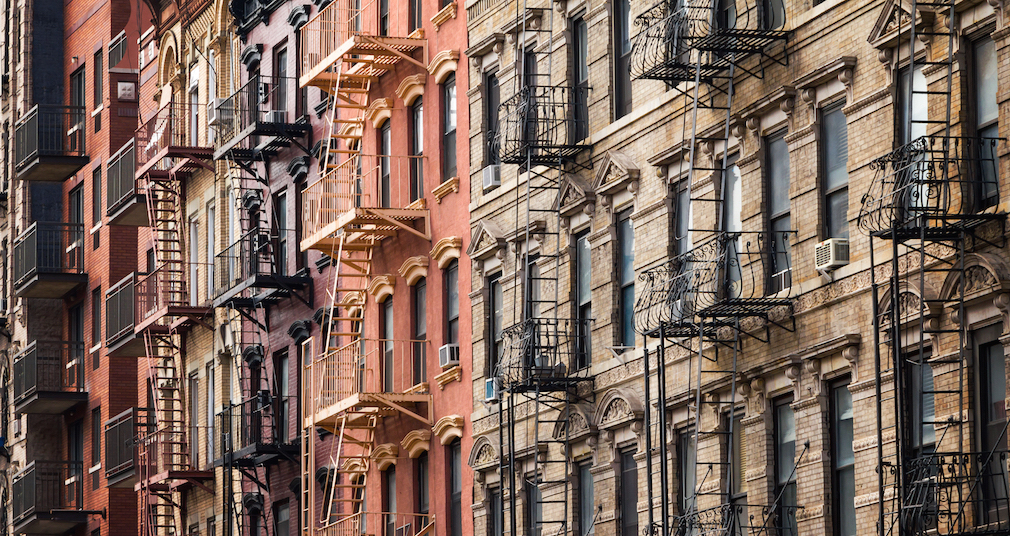There are few things that make multifamily developers nervous quite like overbuilding, and right now, despite significant increases in cost, multifamily construction is still chugging along a little faster than most multifamily pros seem to think it should be.
In an article he wrote for RealPage, Chuck Ehmann lays out the cost situation and poses the question: In tandem with other rising costs, are the tariffs imposed by the Trump administration enough to finally slow multifamily construction?
The answer appears to be no…for now.
Despite tariffs of 20% on roughly 28% of the lumber used in the U.S., tariffs of 10% and 25% on imported aluminum and steel (respectively), and a labor shortage pushing up building costs, multifamily permitting and starts have remained elevated.
On average, the typical mid-rise development (currently the most popular project type) the lumber tariffs add an additional $3,000 per unit onto the cost of construction and for a high-rise development with a $250 million budget, the steel tariffs can add anywhere between $2 million and $15 million to the project.
The continued activity despite these cost increases has been a bit of a headscratcher for the industry, lending some credence to fears of overbuilding, yet the industry shows few signs of reversing course. Perhaps the prospect of tapping the swollen demand pool for multifamily product is just too sweet to pass up for your average developer.
One reason Ehmann gives as to why construction has not slowed down yet is that many of the materials contracts were locked in at a pre-tariff price and haven’t run their course yet.
Once they do and prices spike for new contracts, construction could finally slow down. And if pricing does drag down construction levels, Ehmann says it could also ease the upward pressure on labor shortages and wage pressure, which would in turn counter some of the material cost increases.





